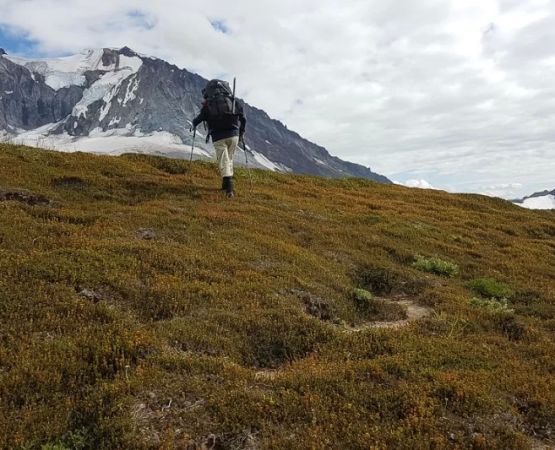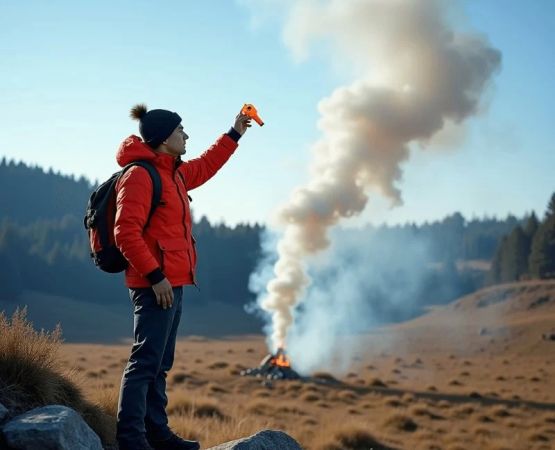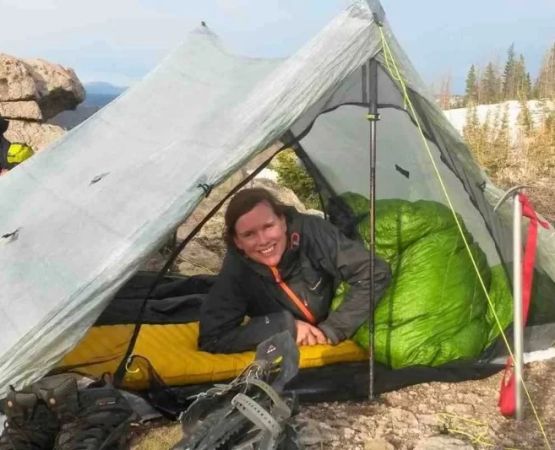- 1‑why-camp‑near‑history
- 2‑east‑coast‑colonial‑campsites
- 3‑midwest‑civil‑war‑encampments
- 4‑western‑frontier‑and‑mission‑camping
- 5‑planning‑your‑trip
- 6‑blending‑history‑and‑outdoor‑adventure
- 7‑why‑choose‑pine‑cliff‑resort
1. Why Camp Near Historical Sites Brings the Past to Life
Camping near historical sites USA offers more than shaky tent poles—it combines fresh air with vibrant stories of America's past. Whether you're sleeping under Revolutionary War battlefields or beside ghost towns from the frontier, camping in these places helps you feel history in your bones. Modern travelers crave experiences that go beyond Instagram snapshots—and nothing beats drifting to sleep against a backdrop where events shaped the nation.
Take Samantha, a teacher from Ohio, who pitched her tent near Civil War trenches. Hearing artillery drills in her imagination each night, she said "It changed how I teach history—I felt the fear and resilience of soldiers here." This emotional connection makes camping near historical sites USA more than tourism—it’s personal exploration.
2. East Coast Colonial Campsites: Reenactment and Reflection
If you're passionate about colonial America, campgrounds near places like Colonial Williamsburg, Yorktown, and Plymouth Rock offer rich immersion. Sites like York River State Park allow campers to explore battlefields on foot while hearing re-enactors’ musket fire on weekends. Strolling through preserved colonial dwellings under stars gives vivid context often missing in textbooks.
At one weekend camp, participant stories include Elizabeth, who joined a militia reenactor group and learned flintlock loading by firelight. These are more than campsites; they’re interactive classrooms. Camps near these preserved sites are well-equipped—RV hookups, bathrooms—and still bordered by centuries-old oaks, blending convenience with authenticity.
3. Midwest Civil War Encampments: Digging Into History
Midwest historic parks like Wilson’s Creek (MO) and Shiloh (TN) offer quiet camping with a side of America’s bloodiest history. Staying overnight means trails at dawn lead you through preserved encampments and commander’s tents. Many parks offer guided night tours during anniversaries—moving reenactments by torchlight.
One family shared how kids mapping trench lines discovered bullet casings, prompting questions not found in classrooms. “They asked about strategy, fear, why men fought,” remembered the father. That conversation marked a deeper history lesson than any museum visit.
4. Western Frontier and Mission Camping: Gospel, Gold, and Wilderness
Travel west and you'll find camping near historical missions, gold-rush towns, and Native American sites. California’s Columbia State Historic Park maintains a campground where you camp a few steps from preserved 1850s buildings. By lantern light, visitors talk about gold fever and sawdust floors—immersive storytelling at its finest.
In Arizona, campground access to sites like Tubac Presidio brings Spanish colonial history to life. Hiking trails nestle through centuries-old adobe remains. One solo traveler wrote online, "Cooking beans beside ancient walls at sunset—balance, peace, reflection." That’s the kind of narrative camping near historical sites USA creates.
5. Planning Your Trip: Logistics for History-Based Camping
Successful trips require standard camping planning—permits, weather prep, gear—but add history-specific considerations. Check site schedules—reenactments may require reservations. Respect site rules—stay on marked trails, don’t remove anything. Look for parks that blend narrative signs with visitor centers for deeper context.
Packing tips include:
- Binoculars and headlamp for dusk exploration,
- Journal to record impressions,
- Layered clothing—coastal colonial sites can be chilly by firelight,
- Guidebooks or apps for in-depth context.
6. Blending History and Outdoor Adventure for Lifelong Memories
Camping near historical sites USA isn't an either/or between history and hiking—it’s synergy. Trails often circle forts or battlefields. In Florida, visiting Fort Clinch State Park blends bike rides, beachcombing, and peeling back layers of century-old military defense structures. Couples set up chairs overlooking brick walls, toasting marshmallows while reading letters from returning soldiers.
For birdwatchers, these historic campgrounds support biodiversity. Warbler songs in spring echo through oak-lined perimeters once used for military fortifications. You find yourself between ecosystem and epoch.
7. Why Choose Pine Cliff Resort for Your Historical Camping Trip
If you're seeking comfort nestled in historical contexts, Pine Cliff Resort offers curated camping-plus-history experiences. Located near key Revolutionary and Civil War sites, they offer themed packages: guided night hikes, expert talks, and period-appropriate meals by campfire. The resort blends tent platforms and glamping domes with historical storytelling for travelers seeking deep immersion without sacrificing amenities.
Travelers write, “Pine Cliff Resort turned a weekend into living history—my daughter wrote a poem about the camp's old oak and the distant cannon echo.” By choosing them, you support conservation and storytelling, keeping history alive for future generations.






